Why Building is More Profitable Than Buying Real Estate


By Roger Luri, author Don’t Buy Multi-Family! BUILD IT
As real estate investors, the capital we put into our investment properties is our initial equity in the deal. From there we watch our equity grow year by year.
We understand the three sources of increased equity:
- Cash flow (if we keep it in deal or use to pay down principal)
- Principal reduction (from mortgage payments)
- Appreciation
But with new construction properties there is another, even larger source of equity that home builders and developers take advantage of when they build, and this is available to any owner who builds new properties.
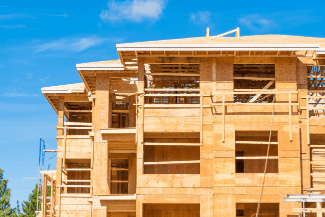
Obviously, the builder is making a profit on building the house, which means that the house is immediately worth considerably more (appraises and sells for more) than the builder’s total cost to build it.
Fact is that before the house was ever built, the construction lender orders an “as built” appraisal and the lender expects the house to appraise out for considerably more than the builder’s total cost to build. Otherwise, there is just not enough profit in the deal and the bank wouldn’t want to loan money on it.
The same is true of any new construction multi-family property. The rough rule of thumb is that when a rental property is completed, leased up and income stabilized, it should appraise for about 15% more than total cost to build.
In his new book Don’t Buy Multi-Family, BUILD IT author, Chicago developer and former banker Roger Luri calls this the new construction “Equity Bump”. What most people don’t understand is that you don’t need to be the general contractor to enjoy this equity bump.
Any property owner can hire a GC to build a building for them and as the owner, they get this bump to their initial equity when it’s complete. Total cost to build includes all the hard and soft costs, which include the GC’s construction management fees and mark-ups.
Obviously, appraised value can vary with market conditions and other factors, but if for example, you put down 30% of total project cost as your initial equity and your property when completed and stabilized appraises for 15% more than total cost, your equity has already increased by 50% as soon as the property is completed and leased up.

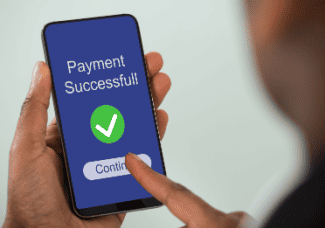
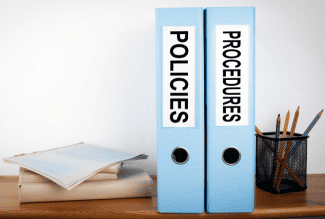

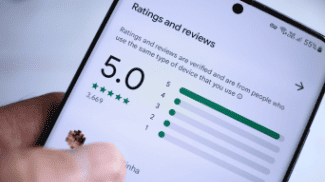

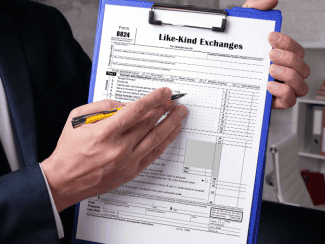








 Accessibility
Accessibility